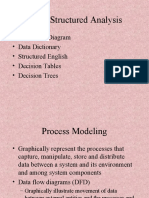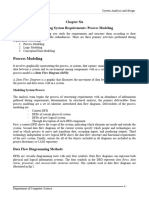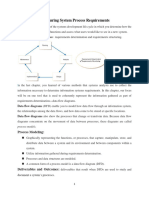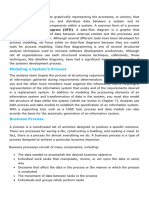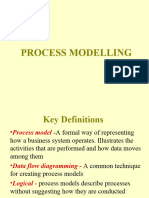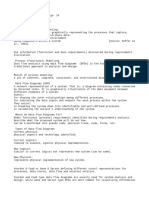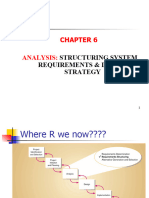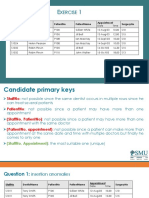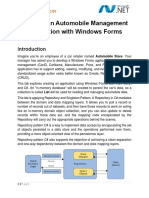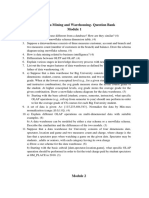0% found this document useful (0 votes)
25 views35 pagesProcess Modeling
The document provides a comprehensive overview of process modeling, focusing on data flow diagrams (DFDs) as tools for analyzing and designing systems. It covers the creation, decomposition, balancing, and rules for drawing DFDs, as well as the importance of logical and physical models. Additionally, it discusses the use of DFDs for gap analysis and process descriptions to enhance understanding of system processes.
Uploaded by
Tito Timotheo LunalaCopyright
© © All Rights Reserved
We take content rights seriously. If you suspect this is your content, claim it here.
Available Formats
Download as PDF, TXT or read online on Scribd
0% found this document useful (0 votes)
25 views35 pagesProcess Modeling
The document provides a comprehensive overview of process modeling, focusing on data flow diagrams (DFDs) as tools for analyzing and designing systems. It covers the creation, decomposition, balancing, and rules for drawing DFDs, as well as the importance of logical and physical models. Additionally, it discusses the use of DFDs for gap analysis and process descriptions to enhance understanding of system processes.
Uploaded by
Tito Timotheo LunalaCopyright
© © All Rights Reserved
We take content rights seriously. If you suspect this is your content, claim it here.
Available Formats
Download as PDF, TXT or read online on Scribd
/ 35


